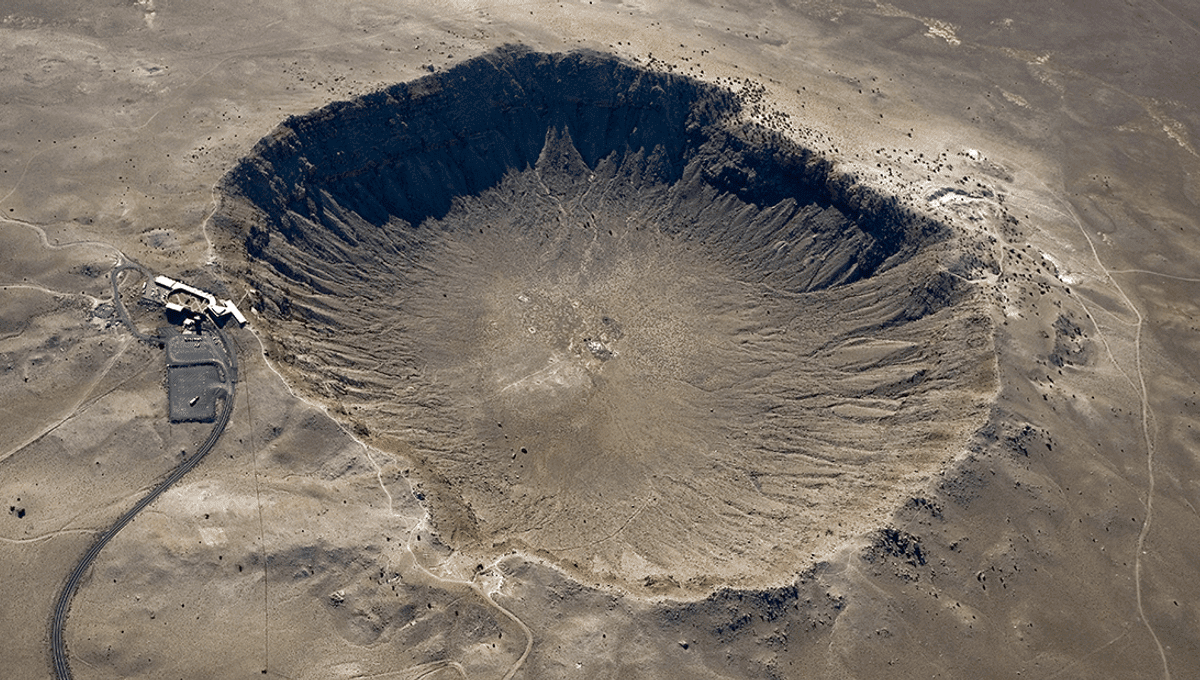
When carbon encounters intense heat and pressure deep within the Earth, it can crystallize into diamonds, which are recognized as the hardest natural minerals on our planet, though not the toughest.
Interestingly, the process of creating diamonds is multifaceted. In 1891, scientists examining a meteorite in Canyon Diablo, Arizona, discovered “hard particles” embedded within. Subsequent research in 1939 confirmed that these particles were a blend of diamonds, graphite, and a novel material known as lonsdaleite, named after crystallographer Professor Dame Kathleen Lonsdale.
Initially, researchers speculated that this unique substance would be diamond in a hexagonal form, differing from the typical cubic diamonds we are familiar with. However, a 2022 study of meteorite samples revealed they contained nanostructured diamonds alongside graphene-like formations. This composite was identified as diaphite, characterized by simultaneous growth of two minerals, leading to a more disordered crystal structure filled with stacking “errors.”
Meteoroids and comets aren’t known for high pressure or extreme heat. So, how do diamonds and lonsdaleite find their way into these celestial bodies? When meteoroids slam into the Earth with great force, they can generate these materials upon impact.
The research team noted, “Our findings suggest that these ‘diamonds’ originated from shock-compressed graphite.” They observed with Raman spectroscopy that specific areas within some grains displayed the distinct sharp peak indicative of crystalline cubic diamond, suggesting that these regions reached high temperatures during the shock event, facilitating a thermodynamic transition.
Additionally, diamonds and lonsdaleite can also form in space, making them genuine space diamonds. This synthesis occurs during collisions between celestial objects. Another 2022 investigation attributed the formation to an ancient impact involving a large asteroid and a dwarf planet.
“There’s compelling evidence pointing toward a newly identified formation process for lonsdaleite and regular diamonds, akin to a supercritical chemical vapor deposition that likely occurred in these space rocks shortly after a catastrophic collision,” explained Professor Dougal McCulloch, Director of the RMIT Microscopy and Microanalysis Facility, in a recent announcement. “Chemical vapor deposition is one method that scientists use to create diamonds artificially, allowing for their growth in specialized environments.”
This research proposed that lonsdaleite was formed from a supercritical fluid within the meteorite, which conserved the original graphite’s structure. As the material cooled, some of the lonsdaleite transitioned into diamond.
Remarkably, lonsdaleite is believed to be capable of withstanding up to 58 percent more stress than traditional diamonds. Furthermore, it possesses additional properties that could prove advantageous if we can manufacture it in large quantities in laboratory settings.
“Besides its impressive mechanical attributes that combine the extreme compressive strength and tensile resistance of diamonds with graphitic intergrowths and nanocomposites, we anticipate these materials will exhibit appealing electronic characteristics,” the research team elaborated. “The presence of diaphite structures with a conducting interface between the graphene and diamond layers introduces another potential pathway for superconductivity within otherwise insulating materials.”
The newly discovered type of diamond, formed through impact rather than through the intense conditions typically found deep within the Earth, may have promising applications in electronics and conductivity.









